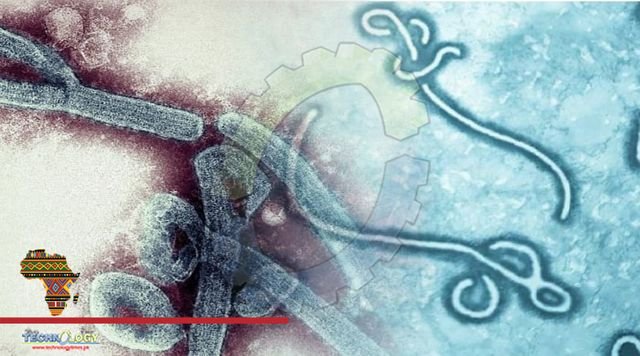Marburg virus causes the Marburg Virus Disease (MVD), formerly known as Marburg haemorrhagic fever. The virus, which belongs to the same family as the Ebola virus, causes severe viral haemorrhagic fever in humans with an average case fatality rate of around 50%. It has varied between 24% to 88% in different outbreaks depending on virus strain and case management.

It was first reported in 1967 in a town called Marburg virus in Germany and in Belgrade, Yugoslavia (now Serbia). There were simultaneous outbreaks in both cities. It came from monkeys imported from Uganda for laboratory studies in Marburg. The laboratory staff got infected as a result of working with materials (blood, tissues and cells) of the monkeys. Of 31 cases associated with these outbreaks, seven people died. After the initial outbreaks, other cases have been reported in different parts of the world. Most were in Africa – Uganda, the Democratic Republic of Congo, Kenya, South Africa, and more recently in Guinea and Ghana. Serological studies have also revealed evidence of past Marburg virus infection in Nigeria.
While the host, or reservoir, of the virus is not conclusively identified, the virus has been associated with fruit bats. In 2008, two independent cases were reported in travellers who had visited a cave inhabited by Rousettus bat colonies in Uganda. It is spread through contact with materials (fluids, blood, tissues and cells) of an infected host or reservoir. In the case of the monkeys from Uganda imported into Marburg, laboratory staff obviously got infected through contact with the tissues and the blood of the monkeys. There can also be human-to-human transmission via direct contact (through broken skin or mucous membranes) with the blood, secretions, organs or other bodily fluids of infected people, and with surfaces and materials. This includes materials like bedding, and clothing contaminated with these fluids.
But there’s a great deal we don’t know. For example, whether contact with bat droppings in caves can cause infections in people. After an incubation period of between 2 to 21 days, there is a sudden onset of the disease marked by fever, chills, headache, and myalgia. Around the fifth day after the onset of symptoms, maculopapular rash, most prominent on the trunk (chest, back, stomach), may appear. Nausea, vomiting, chest pain, a sore throat, abdominal pain, and diarrhea may appear. Symptoms become increasingly severe and can include jaundice, inflammation of the pancreas, severe weight loss, delirium, shock, liver failure, massive hemorrhaging, and multi-organ dysfunction.
Source: This news is originally published by allafrica